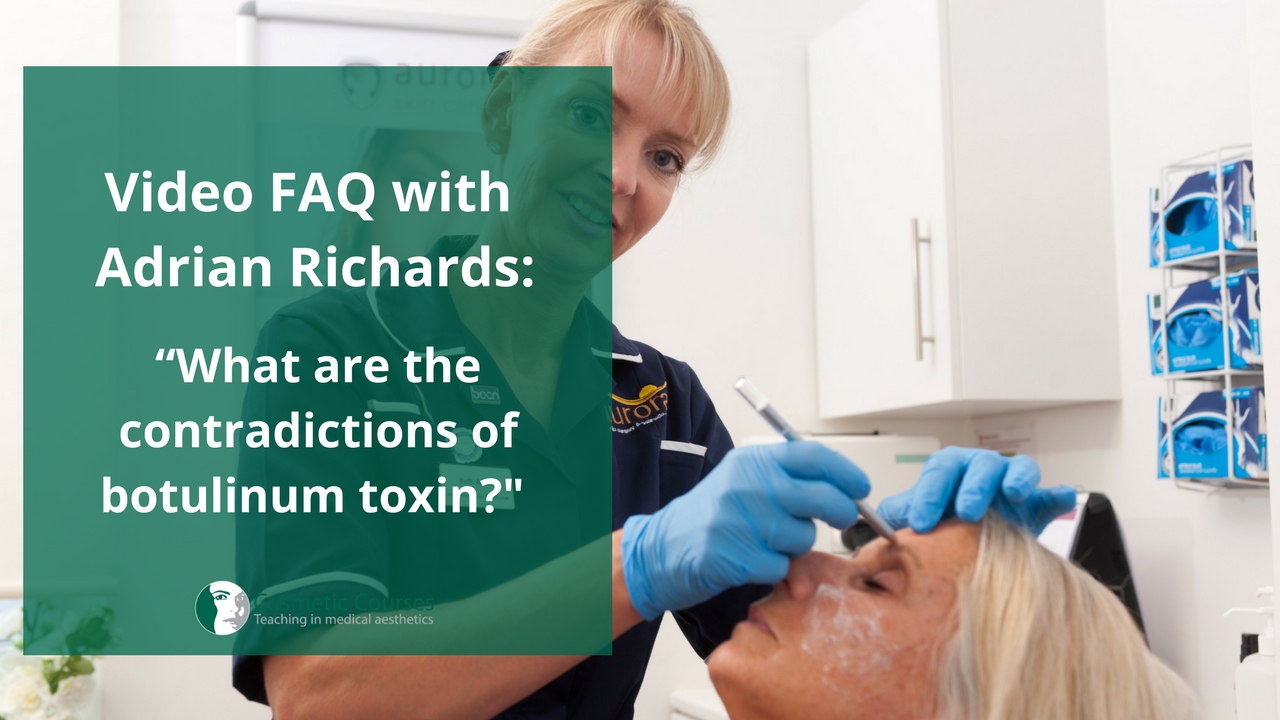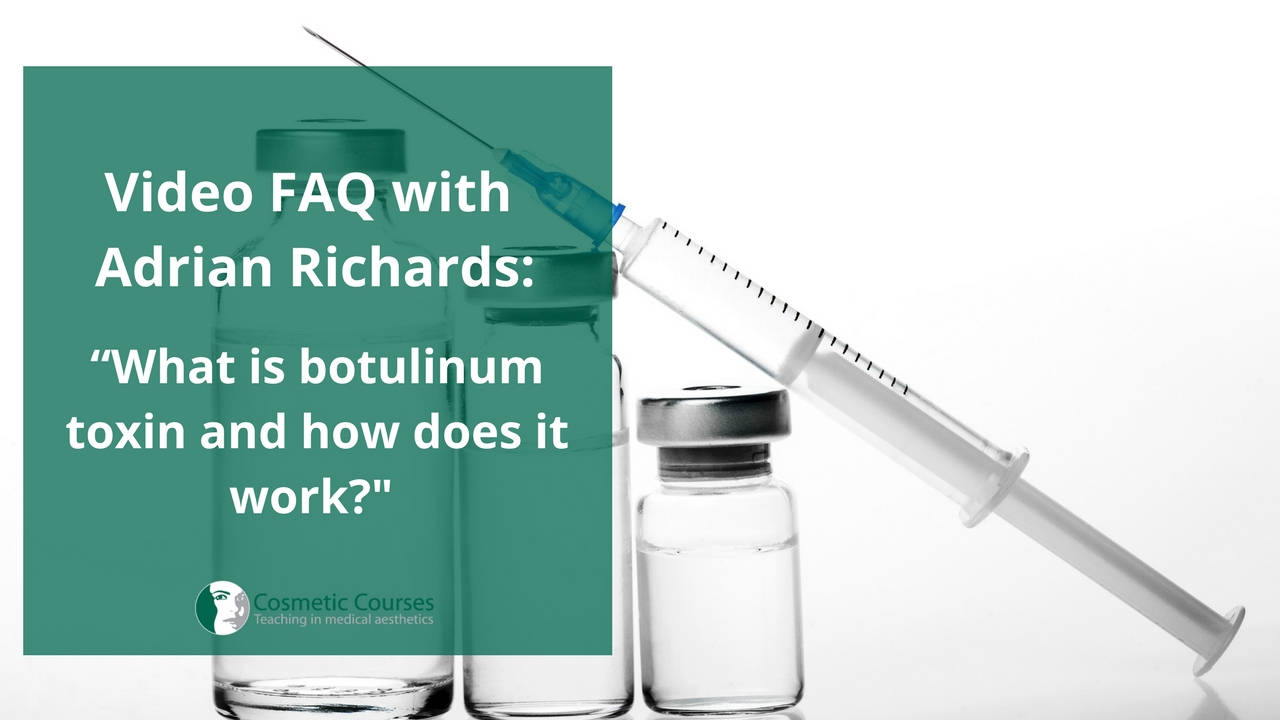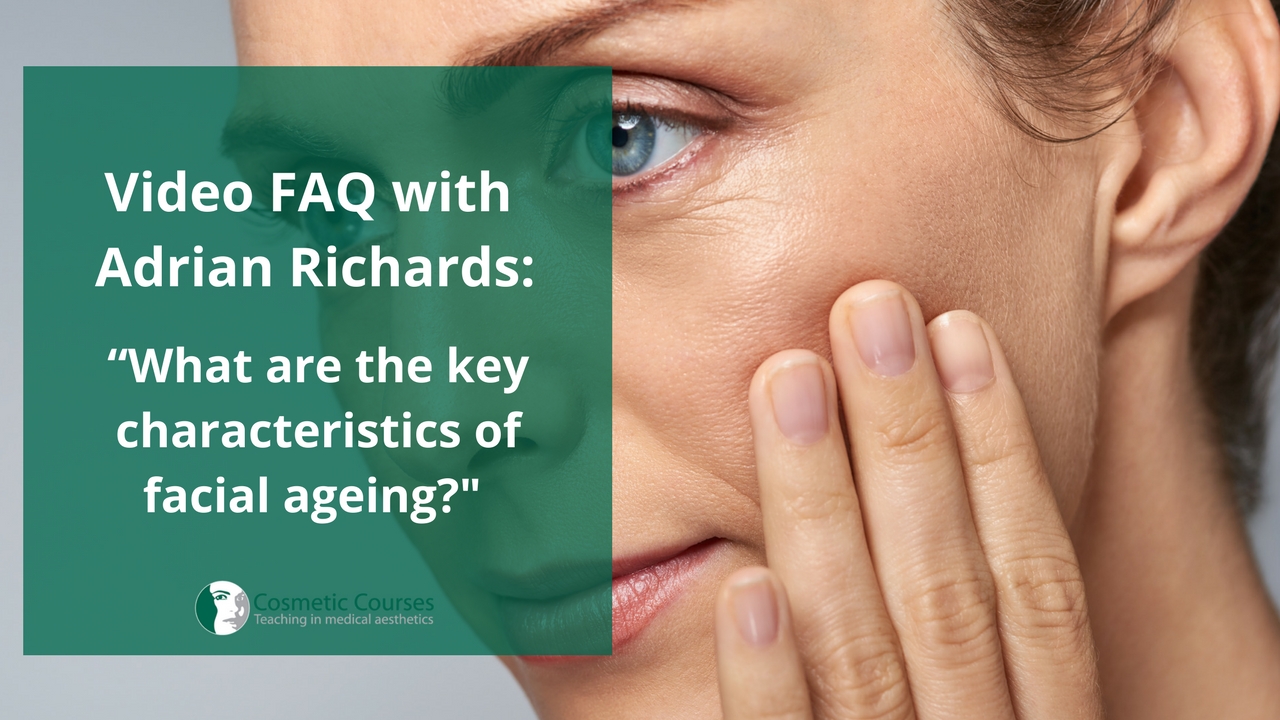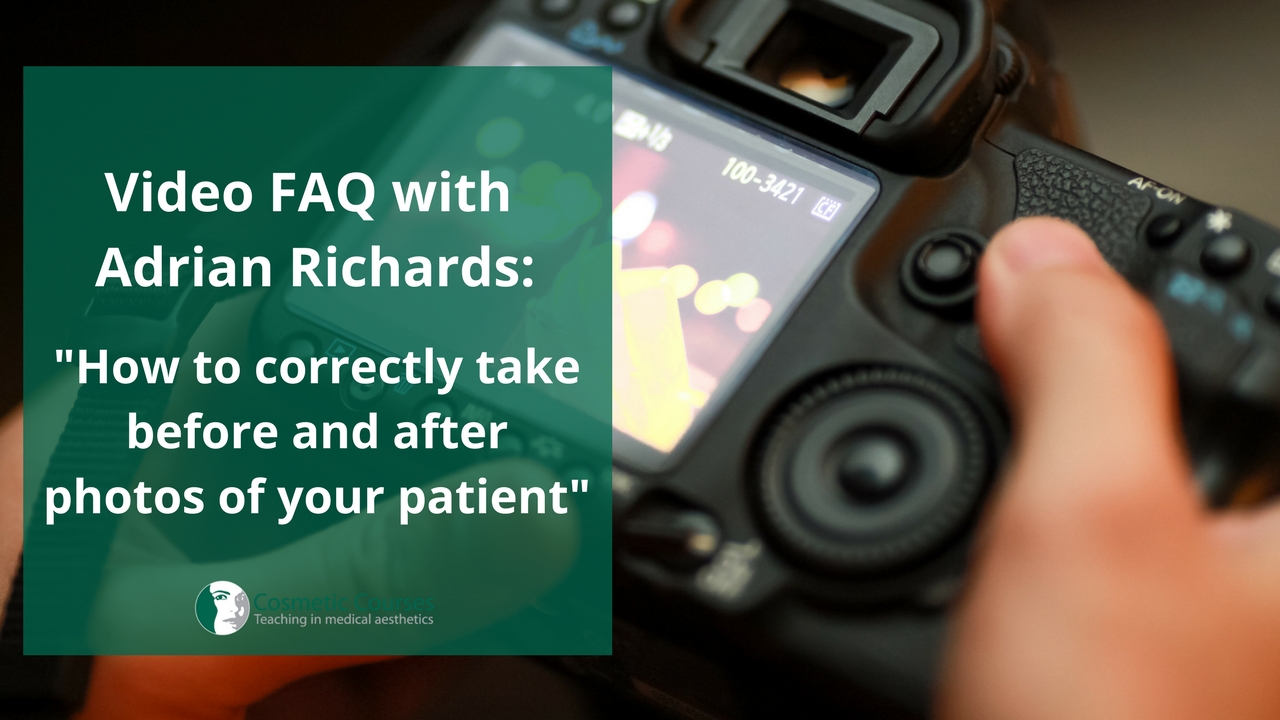Clinical Director of Cosmetic Courses Adrian Richards answers your question “can you inject just the forehead with Botox?”…
A question we’re often asked is can you treat the frontalis muscle on its own. Without the others areas which are the glabella and the obicularis oculi. Generally we advise against this because of the slightly heavy brow caused. Although, you can just treat the glabella and the crows feet area by themselves.
On our courses we go further into pros and cons of each areas and how you may vary your treatment to get the best results for your patients.
Aesthetic Training at Cosmetic Courses
At Cosmetic Courses we pride ourselves on the support we provide you once you have completed your aesthetic training.
Our experience in medical aesthetics has taught us that is can be very daunting setting yourself up as an aesthetic practitioner. Therefore we do as much as we can to support you with both clinical and business advice.
Aesthetics is a journey. It requires determination and dedication but is an extremely rewarding career path. For more information on our aesthetic training courses or to speak to our friendly team about your training options please feel free to contact us.





















